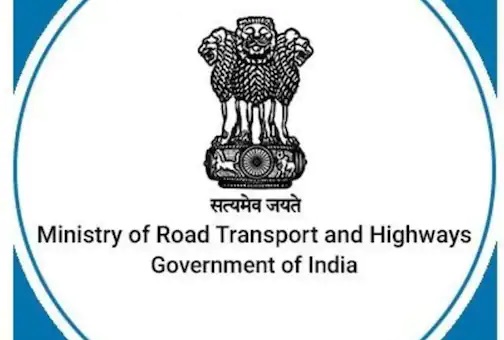During a time when the mountain regions in India are experiencing complexities such as landslides, traffic congestions that lead to hampering of the economical development of the uphill stations, the Ministry of Road Transport & Highways (MoRTH) has developed five guidelines with the technical assistance of Japan International Cooperation Agency (JICA) to enhance hill road infrastructure in India.
As per the ministry, these guidelines are designed to ensure high-quality and sustainable road projects in hilly regions such as the North Eastern Region, Uttarakhand, Himachal Pradesh, and others, which will improve road networks and promote economic growth.
These roads often require the construction of various civil engineering structures like bridges and tunnels. Adequate maintenance is vital to ensure these roads function effectively as a network. Following are the guidelines that cover the various aspects of the development.
Planning of roads in hills
This guideline provides technical specifications and best practices for the planning of hilly roads, including the selection of alignment, geometric design, and drainage.
Slope protection and embankment using advanced technology
This guideline provides technical specifications for slope protection and embankment construction in hilly areas, using advanced technologies, likely to be soil nailing and geosynthetics.
Tunnel on arterial roads in hills
For the construction of tunnels on arterial roads in hilly areas, this guideline will focus on the selection of tunnel alignment, design, and construction methods.
Construction of mountain bridges
With advanced technologies such as cable-stayed bridges and arch bridges, facilitating movement between valleys, rivers, and cliffs. .
Operation and maintenance of mountainous highways
This guideline will focus on the operation and maintenance of mountainous highways, including the management of traffic, pavement condition, and drainage.
The guidelines will help to ensure that road projects in hilly regions are designed and constructed to the highest standards, which will ultimately improve safety, connectivity, and economic development.

